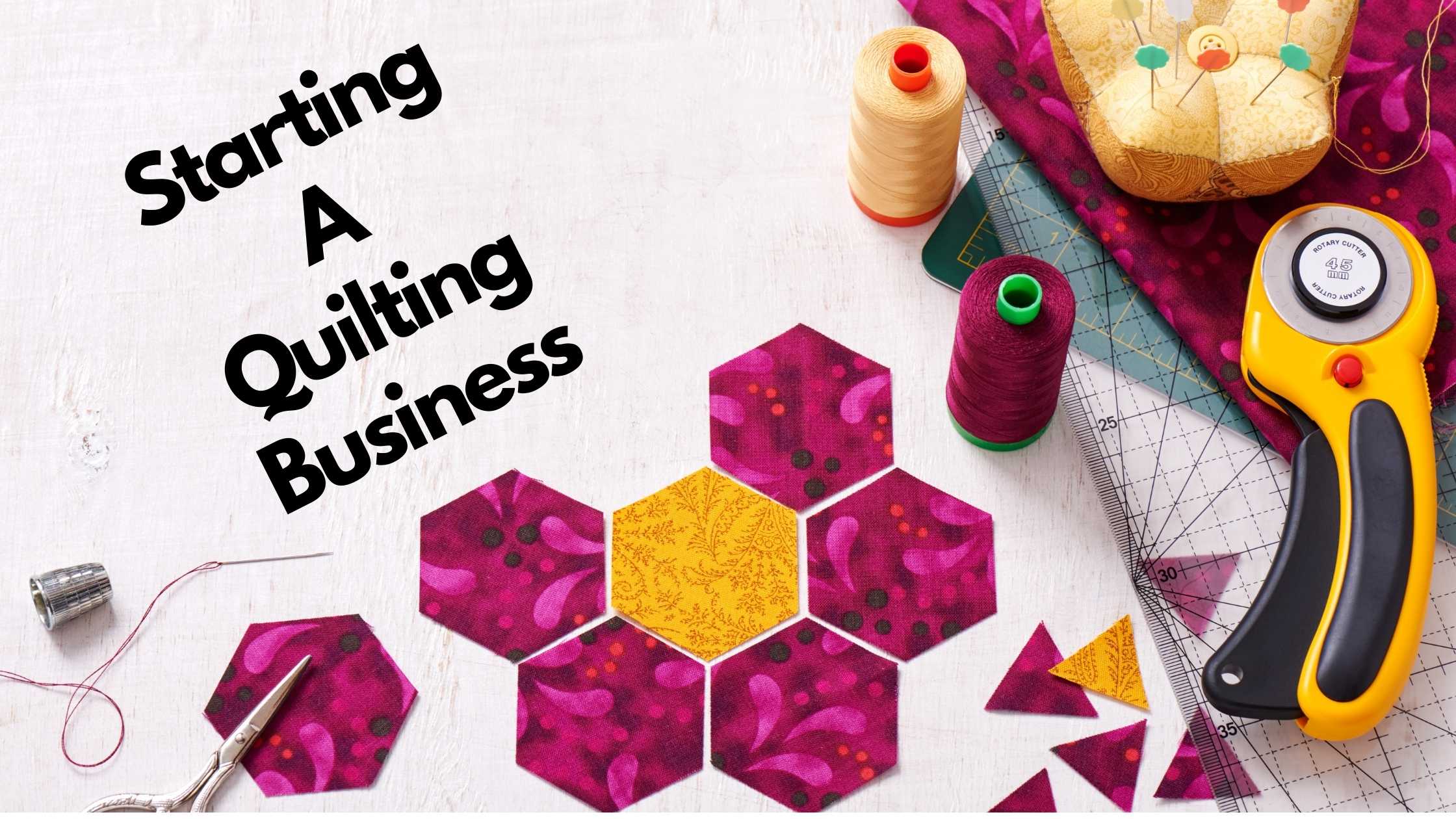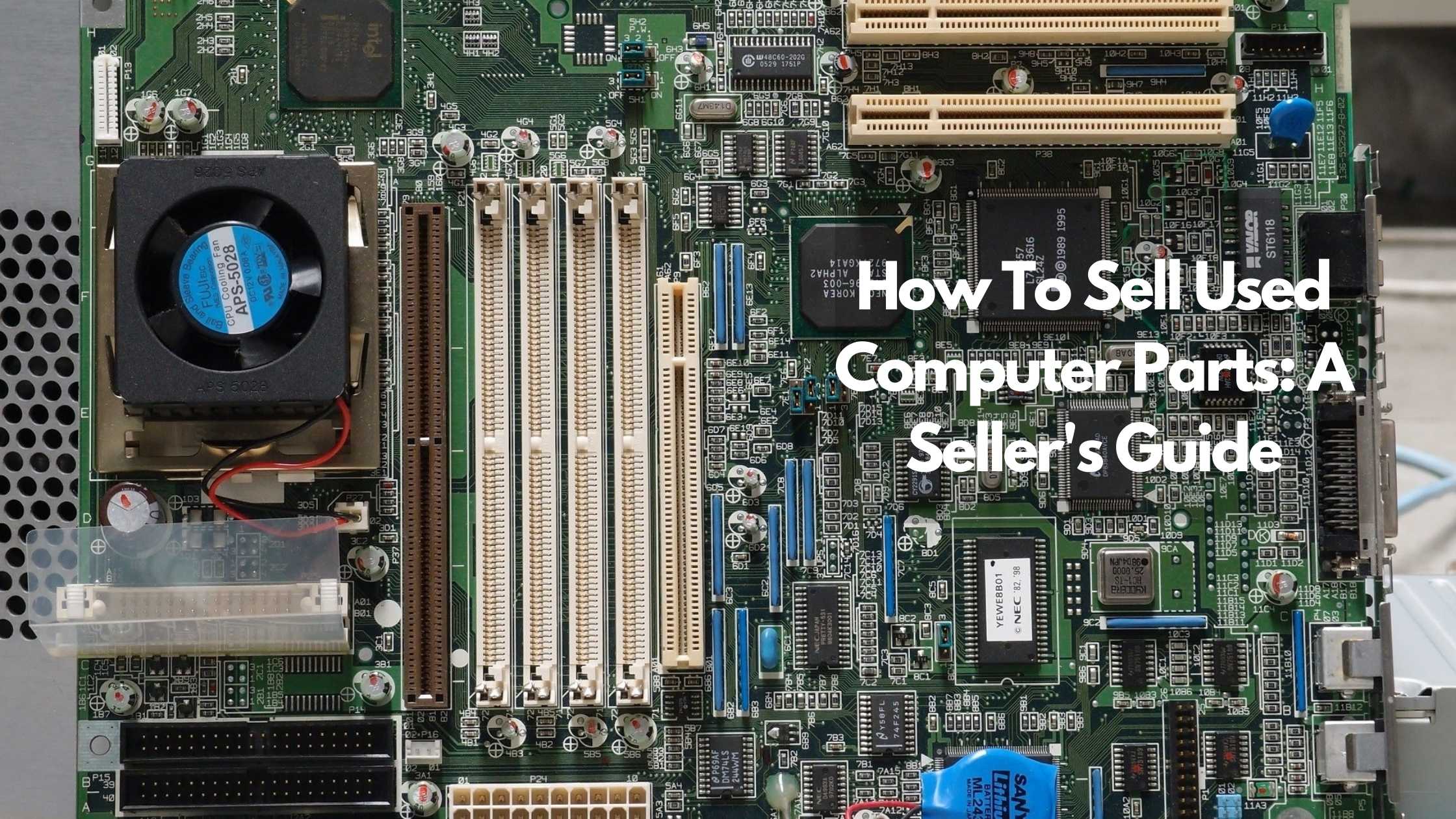
Starting A Quilting Business.

If you’ve given enough thought to it, you know that this business will make you a tidy profit if you do it right.
Yet to succeed, you must understand its dynamics.
The quilting business has low entry barriers, and you can launch it from the comfort of your home, steadily growing it from there.
Moreover, it has a reliable customer base that’s expected to continue blossoming as more people realize their need for customized fabrics and other related materials.
To deepen your understanding, we’ve put together this factual article to make a case for the quilting business and its viability.
Is quilting profitable?
Yes, if you understand its intricacies and the revenue streams likely to churn profits. For example, machine-made quilts sell for about $35 to $100. While handmade quilts sell for about $200 to $1,500+ depending on size and patterns. Your profit margin from the handmade quilts could range from 30% to 50%.
Impressed? Keep reading.
How to make quilting your business?
Now that you have a business idea that you’re passionate about and that’s proven to be sustainable, how do you turn it into reality?
- Create a plan
You don’t need to create superfluous presentations with decorative bullet points (yet). Because what you really need right now is to work out what’s required to get things moving.
There are costs to setting up your business and obtaining an operating license. Your quilt business’ structure – sole proprietor, partnership, limited liability corporation, or corporation – will determine the set-up costs. And these could be in the range of hundreds to thousands of dollars depending on your business location.
- Overhead costs
Start by creating a comprehensive breakdown of all expected costs. These usually pertain to wear and tear of the tools and sewing machines, rent, electricity, wages, marketing costs, phone bills, generally any cost that’ll ensure flawless operations.
Additionally, consider a budget for: a computer, filing cabinet, a space for paperwork, and some office supplies. The expected costs for this could be a few hundred dollars to almost 2 thousand dollars.
- Cost of materials
Your business relies on goods to churn a profit. The production of these goods comes with a cost in materials such as fabrics, threads, stuffing, patterns, notions, and skilled labor.
Additional costs may include attending training seminars and trade expos where you’re likely to carry materials for demos.
- Product pricing
Pricing relies on the type of pattern and size of the quilt. Thus, your pricing formula should be based on a standard sizing rate per quilt, hourly labor from $12 – $30, a 30% – 50% markup, and an extra charge for every bit of customization.
Then again, each project is different, and it’ll require you to strike a delicate balance so as not to undercut yourself or be unfair to your customers. For more information on pricing your quilts fairly, check out this article.
- Set up the business system
Once you’ve got a tentative budget, the next step is to create the working processes.
- Register a business name
To register a business name, you must first conduct searches for the preferred name. Have at least 4 to 5 names just in case your preferred one is already taken.
The search spans a business entity name, domain name, and a federal trademark.
Once sorted, reserve the name and form a corporate entity like a limited liability company ( LLC) to protect you from business liabilities.
- Tax registration
According to the IRS, the type of business you form determines the income tax return form you have to file.
Legal and tax considerations are crucial when selecting a business structure. Consult a professional tax expert for advice on the best business structure and your tax obligations because you’ll need to sign up for various state and federal taxes to operate legally.
- Open a business bank account
Having a business bank account proves that your business is not only a legal entity but a serious venture.
Remember to keep all your invoices and receipts to match your checkbook and bank statement entries, so when it’s time to do your taxes, you’ll have easy days. Equally, if your bank records are orderly, they can prove useful in enabling you to obtain financing, better interest rates, higher credit lines, and more.
- Create an accounting and inventory management system
Part of building a successful business is the maintenance of accurate income and expenditure records. Luckily there’s software created to fulfill these needs. Specifically, to help you organize expenses, bill clients, and keep an eye on your bottom line. The trick is to identify affordable software that works for you.
Examples of software to consider are: QuickBooks, Xero, ZipBooks, Sage Business Cloud Accounting, etc.
- Obtain permits and licenses
In several cities or counties, a business license is mandatory for new businesses to operate, even if the business is already registered with the state as a corporation, partnership, or LLC.
If you decide to set up a shop for your business, you’ll need a building permit. Whether you build or lease a space, be ready to fork a few thousand for improvements to tens of thousands for a brand new structure depending on the actual location.
On the other hand, you can opt to run a machine quilting business out of your home –if the local zoning board allows and your space is adequate.
Examples of possible permits and licenses are: The fire department, signage, and sales tax.
Penalties for failing to obtain the requisite permits and licenses could be hefty fines or the risk of having your business shut down.
- Get insured
Insurance protects your assets from any incidents or losses. Besides the sewing machines, office equipment, and materials, you should insure the quilts too.
Businesses invest in general liability insurance (or CGL) which is the most common and comprehensive type of policy. It covers property damage, bodily injury, medical payments, legal defense, personal and advertising injury.
If you have employees check with your agent whether you’ll also need a workman’s compensation policy.
On average, quilt shops in the US spend between $300 – $600 per year for $1 million in general liability coverage.
Quilts are classified as valuable art, hence the best way to insure them is to accurately document each piece then purchase a replacement cost policy. Be sure to include high resolution photos, a list of materials, the cost of the materials, and an estimate of the time spent on the quilt. Most insurance companies will work with you to create a fair estimate per quilt.
- Find your niche market.
The quilting business presents dynamic opportunities because it has a diverse client base that presents you with several revenue streams that can considerably even out your income. For instance, special custom orders, repairs, patterns, and tutorials.
To succeed, work towards establishing a flagship product to make you stand out.
How? By identifying your strengths, harping on them, and then auditing the results. What seems to be popular and on-demand in your product range? In addition:
- Conduct research to stay updated on trends, consumer preferences, new materials, opportunities, and markets.
- Create robust relationships with various wholesalers by regularly purchasing from them.
- Identify and establish distribution outlets where you can sell the quilts—for instance, flea markets, craft fairs, gift shops, and consignment shops. Don’t forget online sites like Etsy, ebay, Amazon, and Artfire.
You can also sell your quilts on Sheepbuy. This is an upcoming online marketplace that is perfect for startup and professional sellers alike. Unlike eBay or other marketplaces, Sheepbuy doesn’t charge a commission on sale,s and there are no premium store fees. And on the basic tier, you can have up to three active listings at any given time, free of charge. For more information on Sheepbuy’s tiers, click here.
- Create a vibrant digital presence through a website and other social media networks. Remember to use amazing photos and succinct descriptions to pique customer’s interest.
A sample of fantastic quilt shops
Would you like to know what other quilting shops are out there? Check below and the Quilt Hub for a detailed list.
They’ve got several quilt shops like Keepsakes, Handcock’s, Missouri Star, Quilt in a Day, and more.
They’ve got a diverse range of popular fabrics, patterns, and notions.
Customers love them for stocking well-known brands like Marcus, Moda, and Henry Glass, having a good selection of batiks, they’re well lit and squeaky clean.
They score additional points for offering classes, having lines of their own patterns, and those of other well-known designers.
Is a long arm quilting business profitable?
A longarm quilting business assists hobbyist quilters with the parts of their quilts that require a particular, more massive machine, called a longarm machine and frame.
Their profits rely on a laid-out fee structure and the number of complete orders. When charged per square inch, a basic longarm service on a queen size quilt will earn just under $100, with a king-size coming in at $125. To increase profits, many longarm quilt business owners offer a variety of additional services, including creating custom quilts.
Also, if you’re interested in selling old sewing patterns, here’s an article we wrote outlining this. Check it out.
Conclusion
Starting a quilting business is a good plan because it’s anchored on tradition and its products have global appeal. Of course, running it isn’t a walk in the park, so to succeed you’ll need to set the fundamentals right. That is:
- Create a plan
- Set up the business system
- Obtain permits and licenses
- Get insured
- Find your niche market
And then wait for your wheels to turn.
Recommended Blog Posts:
TRENDING


Online Arbitrage for Beginners (Step-by-Step Guide)

17 Types of Arbitrage Strategies to Turn a Profit

Is Retail Arbitrage Legal?

How to Turn Textbook Arbitrage into a Business for Profit

How Can You Tell if a Book is a First Edition?

What to Do With Your Jigsaw Puzzle When Finished?


